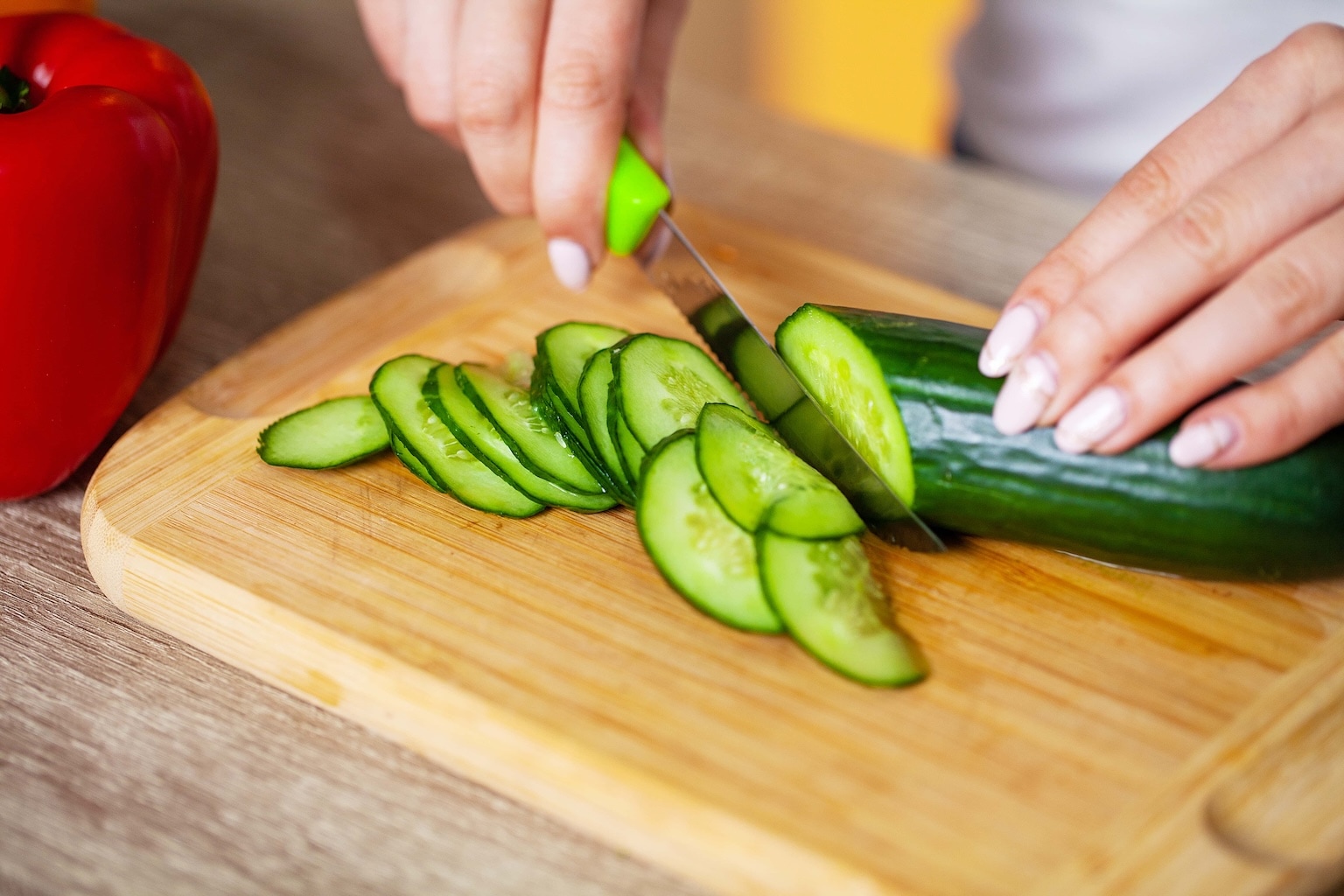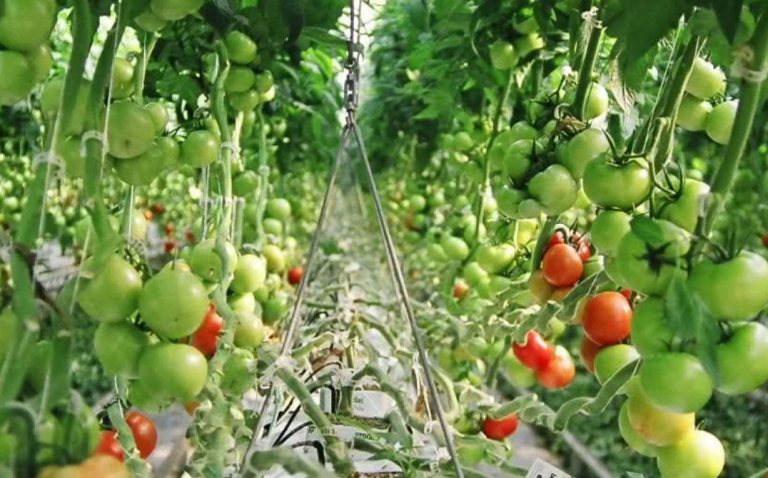Greenhouse grown cucumbers are playing a pivotal role in building a more sustainable food system by combining environmental efficiency, local accessibility, and consistent quality into a model that supports both economic health and community well-being. In a food economy increasingly driven by concerns over climate impact, water usage, and year-round availability, cucumbers cultivated in controlled environments stand out as a benchmark for what modern, sustainable growing can look like.
From energy efficiency to consumer trust, greenhouse cucumber operations embody the principles of controlled environment agriculture: reduce waste, optimize inputs, and prioritize freshness. As advances in LED lighting, renewable heating, and AI-powered climate systems continue to improve operational efficiency, the sustainability profile of greenhouse cucumbers will only strengthen.
Cucumbers are naturally a high-yield crop that responds exceptionally well to the precise conditions provided in greenhouses. Using trellising and vertical growth strategies, growers can maximize space, reduce land use, and increase production density—critical advantages in a world facing shrinking cultivatable land and growing population demands. This compact growing footprint allows cucumbers to be produced closer to urban centers where demand is highest, reducing the need for long-haul transport and the carbon emissions that come with it.
The environmental benefits of greenhouse cucumbers start with their water efficiency. In soil-based outdoor systems, cucumbers require significant irrigation and are subject to evaporation, runoff, and uneven water distribution. In hydroponic or drip-irrigated greenhouses, however, water is delivered directly to the root zone and often recirculated through closed-loop systems. This method uses up to 90% less water than traditional field growing, making cucumber production more viable in regions facing water scarcity or drought conditions.
Another key sustainability factor is the reduction in pesticide use. Greenhouse environments allow for better monitoring and prevention of pest outbreaks through Integrated Pest Management (IPM). Beneficial insects like ladybugs and bees are introduced to control pests naturally, while physical barriers and climate controls help deter disease without the need for harsh chemicals. As a result, greenhouse cucumbers are typically cleaner, safer for consumers, and contribute less to environmental toxicity than their field-grown counterparts.
Because greenhouse cucumbers are protected from weather extremes—like heavy rain, drought, or unexpected frost—they experience lower rates of crop loss and spoilage. This stability leads to more predictable yields and less food waste throughout the supply chain. According to the FAO, nearly one-third of all food produced globally is lost or wasted, much of it due to post-harvest damage or spoilage during transportation (FAO). With greenhouse cucumbers, the time from harvest to market is drastically reduced, especially when grown close to home. This shorter supply chain preserves freshness, extends shelf life, and minimizes shrinkage in grocery stores and kitchens.
The ability to grow cucumbers year-round in greenhouses also reduces the need to import produce from distant, often unsustainable sources. During colder months, many North American retailers have traditionally imported cucumbers from countries with less regulated environmental practices, adding transportation emissions and contributing to food system fragility. Greenhouse operations in cities across North America now allow the production of cucumbers even in winter months, supporting regional economies while cutting down on food miles.
In addition to environmental advantages, greenhouse cucumber production supports sustainable labor practices. Because greenhouses operate year-round, they create stable employment opportunities for workers rather than relying on seasonal labor cycles. Workers benefit from consistent schedules, safer working conditions, and opportunities to develop skills in agricultural technology and environmental systems management. This kind of job stability is essential for strengthening local economies and ensuring long-term community investment in sustainable agriculture.
On the consumer end, greenhouse cucumbers are a nutrient-dense, low-calorie vegetable that supports healthy eating habits. Their availability throughout the year helps maintain access to affordable, fresh produce regardless of season, supporting public health goals and dietary consistency. Many CSA programs, urban grocers, and local food hubs now feature greenhouse grown cucumbers as a reliable, clean, and appealing product that requires minimal washing and preparation.
Sustainability also extends to packaging and logistics. Because greenhouse cucumbers are typically harvested closer to the point of sale and handled with greater care, they are often sold with minimal packaging. Some producers are even experimenting with biodegradable wraps or reusable containers in response to consumer demand for plastic-free alternatives. This further reduces the ecological impact of cucumber production, especially compared to heavily packaged imports.
In short, greenhouse grown cucumbers are not just another crop—they are a proof point that localized, data-driven, and resource-smart agriculture can produce food that’s better for people, better for the planet.




